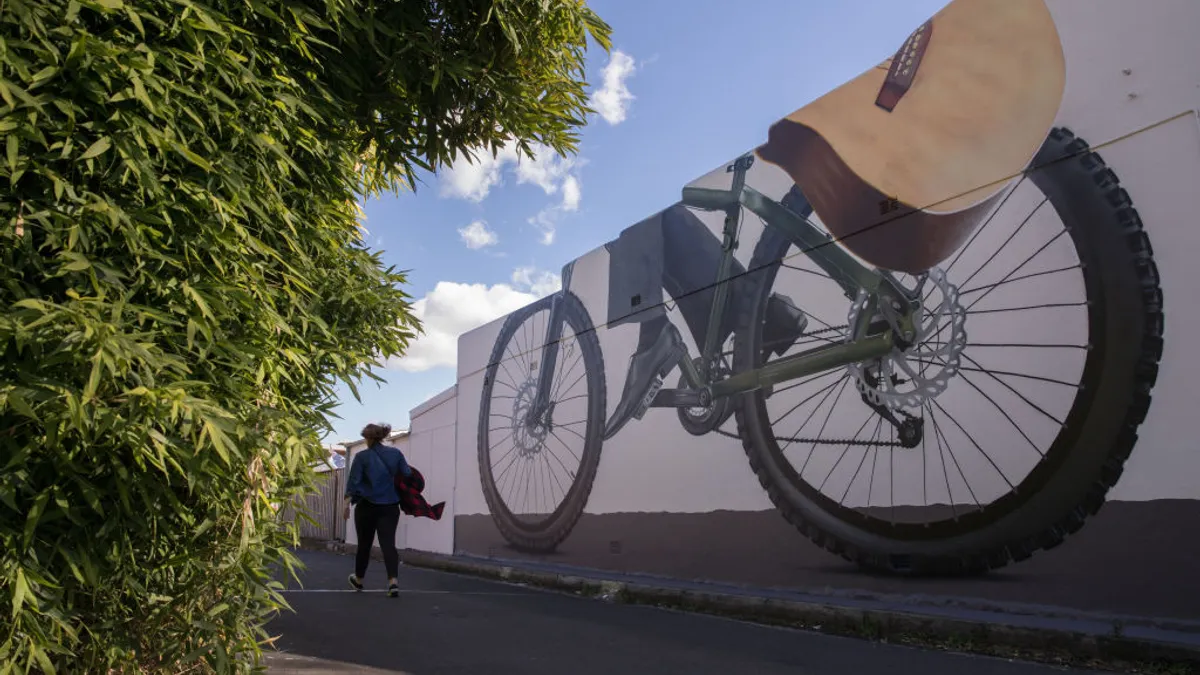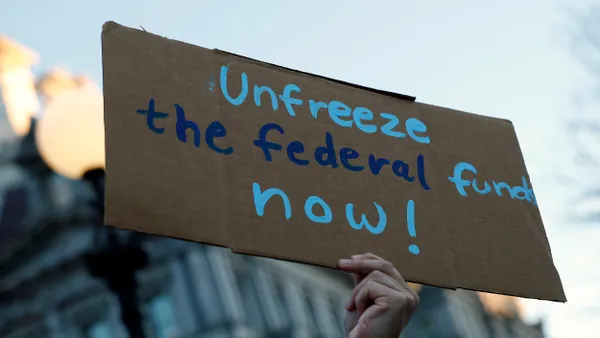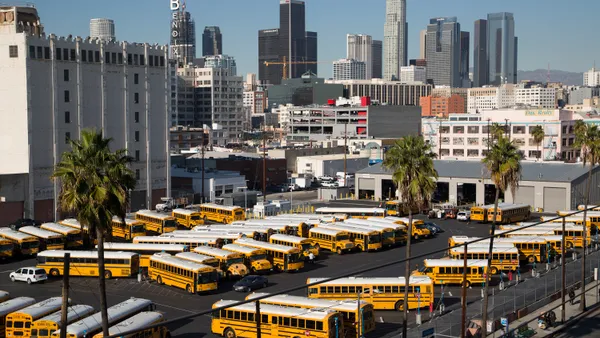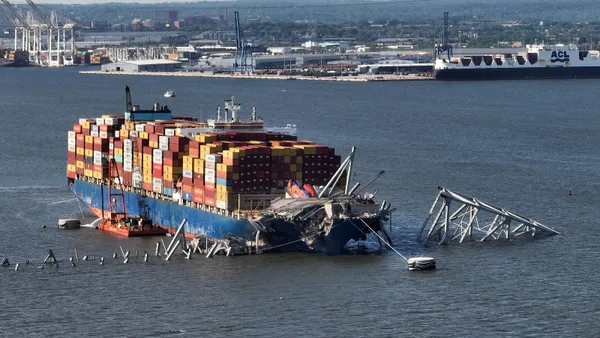Rip Rapson is The Kresge Foundation’s president and CEO and Regina Smith is managing director of its arts & culture program, which focuses on equitable, creative placemaking to position culture and creativity as drivers of more just communities.
The history of U.S. urban renewal is laced with tragedy: Federal infrastructure projects meant to reimagine our cities for the better instead deepened racial divides, sundering once-vibrant Black and brown neighborhoods and facilitating disastrous commuter sprawl. Look no further than the destruction of once-vibrant Black neighborhoods like Black Bottom and Paradise Valley in Detroit or Seneca Village in New York. The policies from decades ago continue to reverberate today as ever-present reminders of the harm that can be generated by federal spending that fails to fully account for racial equity and opportunity.
Last fall, President Biden signed the bipartisan infrastructure law, a once-in-a-generation, $1.2 trillion investment into the country’s roads, bridges, public transit, climate preparedness, water systems, high-speed internet access and passenger rail. Simply put, the law is the most transformative federal investment of our lifetimes in the U.S. built environment.
To turn that investment in a very different direction than problematic earlier infrastructure projects requiresa deeply intentional, and appropriately resourced, elevation of community voices. Each community’s voices can identify the outcomes and methods of execution capable of delivering new, transformational results — results that reimagine the roles that public infrastructure can play in revitalizing and fortifying community life.
The interests that reinforce prevailing approaches to infrastructure are deeply entrenched, thus achieving change will require creativity and political fortitude. Perhaps somewhat counterintuitively, one of the most effective ways of doing that is to enlist artists and culture workers.
Creative placemaking — community planning and development projects in which art and artists play an intentional and integrated role — has a long and storied history. Incalculable and countless contributions to our nation’s physical and cultural patrimony arose, for example, from the Works Progress Administration’s enlisting of sculptors, painters, choreographers, storytellers, dancers, playwrights, writers, musicians, architects, photographers, and other artists to turn the country from pessimism and pain toward reimagination and renewal during the Great Depression. So, too, can today’s creative placemaking elevate the unique attributes of a place and the resident voices in those places.
By infusing creative problem-solving into domains more frequently associated with engineering algorithms and construction manuals, we’ll likely be surprised by what comes out the other side. Road projects may become greenways; sewer projects may yield to natural landscapes filtering rainfall; hardscapes might give way to the softening effects of murals and playful design. You can turbocharge the possibilities of transformation.
There is no downside to mayors, city planners, traditional community developers and financiers inviting the creative community into the infrastructure planning and implementation processes. But it is sometimes hard to take those first steps. Here are four suggestions:
- Create meaningful partnerships between artists and city staff to reimagine city practices. Minneapolis’ Office of Arts, Culture and the Creative Economy has a variety of programs that pair community artists with city staff to redesign city practices and eliminate racial disparities in how the city serves the community. The Creative CityMaking program recruits artists from underrepresented and underserved communities to build new channels of engagement with residents and to support projects that not only lead to more equitable development, but also address grief, trauma, healing, resiliency, self-care and self-empowerment.
- Invite artists to the decision-making table in the early stages of development projects. For example, the utilities managing our nation’s water systems are struggling to adapt to, and manage, the multitude of issues created by aging water infrastructure and by a changing climate. The US Water Alliance has created an artist-in-residence program to help engage community members in developing equitable solutions.
- Plan and design projects that reflect and celebrate the culture, heritage and values of a community. Smart Growth America and Transportation for America have developed exemplary projects across the country at the intersection of arts, culture and transportation. Last year, the organizations jointly released a scenic route guide that describes eight approaches to engage artists and creatives in transportation projects, with a particular emphasis on introducing people who are traveling through a neighborhood to its culture and history.
- Bear in mind that no form of equitable, groundbreaking change has ever occurred without a radical leap of imagination. During a series of roundtable discussions on bridging arts, culture and public policy to design an equitable recovery, Lisa Yun Lee, executive director of the National Public Housing Museum, reminded participants that arts and culture have been essential to fundamental social reform, from suffrage to immigration rights to juvenile justice reform. “Changing the mainstream narrative is entirely within our power as cultural activists,” she said in reference to reforming affordable housing. “Changing people’s minds and hearts and understandings of [public housing’s] history is part of our work doing oral histories and challenging dominant narratives of what it means to be a poor person living in public housing. And this work is what our country needs in order for there to be a shift in funding.”
These are steps that have already been embraced in community after community. Just a few examples of artists contributing to infrastructure efforts include the following:
- In our hometown of Detroit, the city’s Office of Cultural Affairs will be integrally involved in efforts to remove I-375, a highway notorious for eviscerating Black Bottom, a vibrant Black neighborhood. The removal will make way for a street-level, walkable boulevard.
- Bloomberg Philanthropies’ Asphalt Art Initiative is a nationwide campaign to use creative approaches to enhance pedestrian and bike-lane safety.
- Cincinnati, Ohio; Nashville, Tennessee; and Seattle have called on artists and culture workers to design novel ways of calming traffic at dangerous traffic and pedestrian intersections.
- The New York Public Artist in Residence program has incorporated art into scores of transit stops, bus and train stations, benches and shelters.
- Seattle enlisted artists in efforts to make transformer boxes and other components of its electricity grid appealing, provocative and relevant to its community identity.
- The World Garden Commons project in Fargo, North Dakota, has transformed a stormwater basin from a little-used field to a community gathering place with prairie grasses, flowers, water features and paths.
It is inspiring to think that 80 years from now (or five or 10), we will look back at this era with the same sense of pride and satisfaction with which we recall the WPA era — as a time in which we used our nation’s creative talent to make a lasting mark on our physical and cultural landscape. This time around, we have the opportunity to do that with a clear and compelling ground wire in racial equity — undoing mistakes of the past and creating new norms, behaviors and policies for every time we lay a brick, erect a steel girder or pour concrete. Artists can help show us the way.











